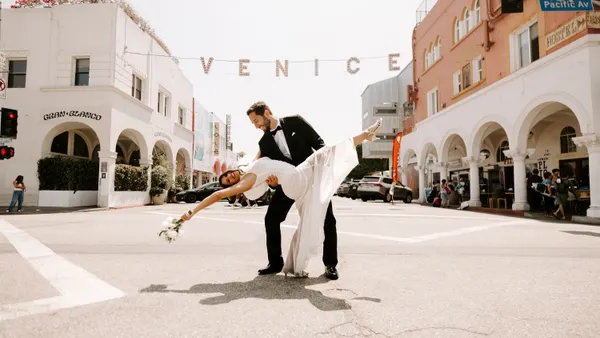Dive Brief:
- Since R.H. Macy debuted a holiday window display in 1874, retailers including Bloomingdale’s, Lord & Taylor, Tiffany & Co., Saks, and Bergdorf Goodman have competed to bring shoppers the most spectacular displays.
- The holiday season accounts for up to 25% of retail sales for the year, NPD says, and window displays influence 24% of purchases when viewed.
- Lord & Taylor estimates that as many 500,000 people pass its streetside windows in New York City every day, while Macy’s says its windows attract 15,000 people per hour during the holidays.
Dive Insight:
Window displays may seem old-school in the age of Instagram, apps, and retargeting, but they continue to be an expense that retailers feel is justified in attracting holiday shoppers. The return on a what’s estimated to be a six-figure investment for large department stores such as Bloomingdale’s, Macy’s, and Lord & Taylor is difficult to quantify, but holiday window displays are an important part of brand-building.
The average consumer will spend $805.65 this year on holiday shopping, according to the National Retail Foundation, but 46% of that per capita total will be spent online, heading off the impulse shopping that’s a hallmark of visits to a brick-and-mortar store. NPD analysts say impulse buying happens in on 45% of visits to stores, but only 18% of the time online.
R.H. Macy created the tradition in 1874, spurring other retailers to create fanciful window displays of their own to compete. It’s part of an analog brand experience that survives into the digital age—good not only for increasing foot traffic from shoppers eager to see the year’s displays, but also inspiring the warm feelings that come with the holidays and as a result, brand affinity and loyalty.











